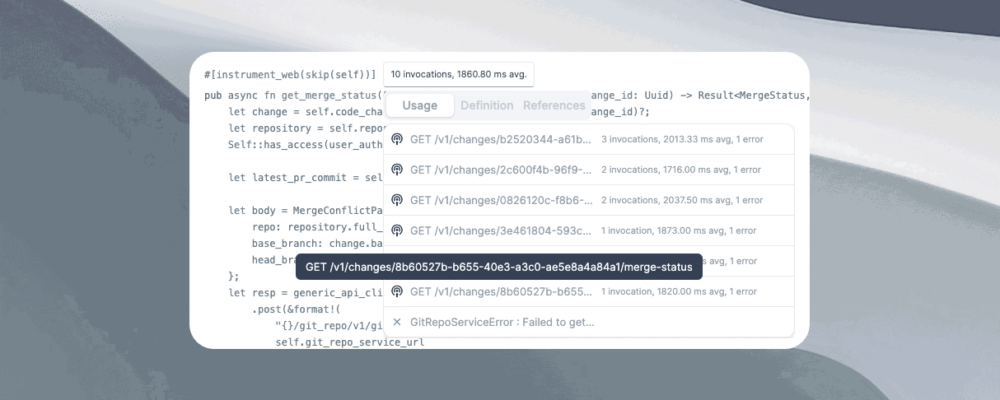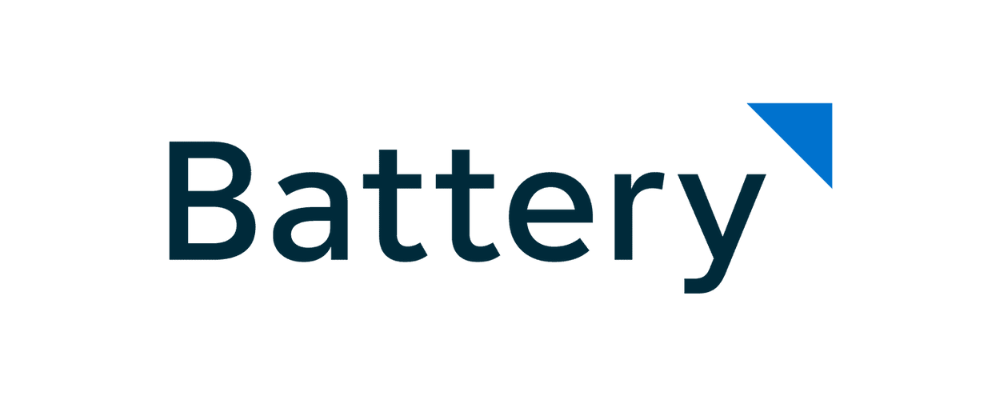Thirty years ago, I graduated from college, got my first job in software sales and was given three things: a $1 million quota, a CRM and a (desk) phone.
Fast forward to 2024, that same new graduate entering software sales would get the same $1M quota. But he’d also get a mobile phone, a CRM, an avalanche of tools like LinkedIn for social selling, Slack for internal collaboration, DocuSign for sending proposals, plus an array of data providers, intent tools, prospecting tools, demo tools, marketing automation tools, a CPQ (configure, price, quote) tool, call coaching and recording tools, forecasting tools and more.
Suffice it to say, the modern sales rep is fully armed. So why isn’t he selling more than $1M of quota?
Despite all of these incredible productivity tools, I’d argue productivity is little changed from what it was 30 years ago. It feels a lot like when the Blackberry was first introduced. This then-hot new device was supposed to make us more effective at our jobs, but it really just made us always “on” – certainly feeling busier, but not necessarily more productive.
This is where I think GenAI sales tools can bend the light. As a former CRO, I’m really interested in how to accelerate a workflow, automate a manual task or eliminate people from a process in sales.
Why? Because sales reps burn an inordinate amount of time NOT selling. Said another way, the median amount of buyer-facing time is lower than I’d like. I sense that new GenAI-powered tools can fix this.
Sales reps spend less than 30% of their time in buyer-facing situations and the remaining 70-80% in internal, non-selling situations, which fall into two broad categories:
- Company Meetings: 1:1s with managers, team meetings, all-hands company meetings, training sessions, forecast meetings
- Sales Pre-Work: non-buyer-facing activities like territory management, prospecting, deal strategy sessions, demo prep and CRM and data entry. This is mostly time spent at a keyboard trying to find information or create some kind of output.
That second category – Sales Pre-Work – is a prime opportunity for GenAI tools. If GenAI can help sales reps increase buyer-facing time above 30%, I think it answers the million-dollar question – (specifically, the million-dollar quota question – of how to make sales reps will become more productive and capable of selling more quota per year.
Here’s how I see this happening. An industry of existing technologies in the marketing/SDR/sales space already exists. Most of these companies are adapting their products to incorporate GenAI, which is increasing their traditional workflow. Simultaneously, startups are releasing GenAI first products in droves. These products will focus on eliminating or speeding up the existing processes by which sales teams prepare, research and find their way into deal situations. Whoever gets there first – the incumbents or new startups – will evolve the traditional selling structure.
These new AI powered workflows will be the X factor. Today, marketing creates the ideal customer profile (ICP) and persona, builds messaging and trains the sales reps on customer stories. The baton pass from marketing to sales is where things often get manual and difficult. And the ways sales reps operationalize marketing messages and training is often inconsistently applied, which creates further productivity issues.
For example, as a sales leader have you ever bragged about a sales rep who’s great at prospecting? What made that person better than her peers?
- Did she make more dials or do more email outreach? The incumbent systems currently optimize this work.
- Does she speak “executive” better than her peers? AI-powered tools help boost this skill by listening and summarizing key areas to improve selling skills.
- Did she target better buyers? GenAI tools are now doing this for reps with better accuracy.
These are three disparate areas of prospecting that AI is optimized to address today. But if they each sit alone in a silo, a single piece of technology may solve each issue individually, without solving the friction that occurs during handoffs. Eliminating that friction gives time back to reps to use the outputs that the AI-fueled tools promise.
Many GenAI tools today are V2 or V3 of an existing tool. Incremental improvements are great, but to truly alter the structure of sales, these tools need to work together seamlessly. End-to-end workflow plus GenAI’s capabilities are what will change a sales rep’s daily tasks.
Reps sitting at keyboards inputting data is already a thing of the past. The future of sales is evolving to where the rep will focus on outputs and spend more time discerning the quality of those outputs that they use to target and pursue buyers.
As a user, builder and seller of software over the last 30+ years, I’m excited by GenAI. While GenAI skeptics do exist, the prospect of real change to the hard, manual work required to be successful in the sales is alluring. I’m leaning into this innovation and would encourage others to do the same.
The information contained herein is based solely on the opinion of Bill Binch and nothing should be construed as investment advice. This material is provided for informational purposes, and it is not, and may not be relied on in any manner as, legal, tax or investment advice or as an offer to sell or a solicitation of an offer to buy an interest in any fund or investment vehicle managed by Battery Ventures or any other Battery entity. The views expressed here are solely those of the author.
The information above may contain projections or other forward-looking statements regarding future events or expectations. Predictions, opinions and other information discussed in this publication are subject to change continually and without notice of any kind and may no longer be true after the date indicated. Battery Ventures assumes no duty to and does not undertake to update forward-looking statements.
Back To Blog
“Battery Ventures is an American technology-focused investment firm. Founded in 1983, the firm makes venture-capital and private-equity investments in markets across the globe from offices in Boston, Silicon Valley, San Francisco, Israel and London.”
Please visit the firm link to site






